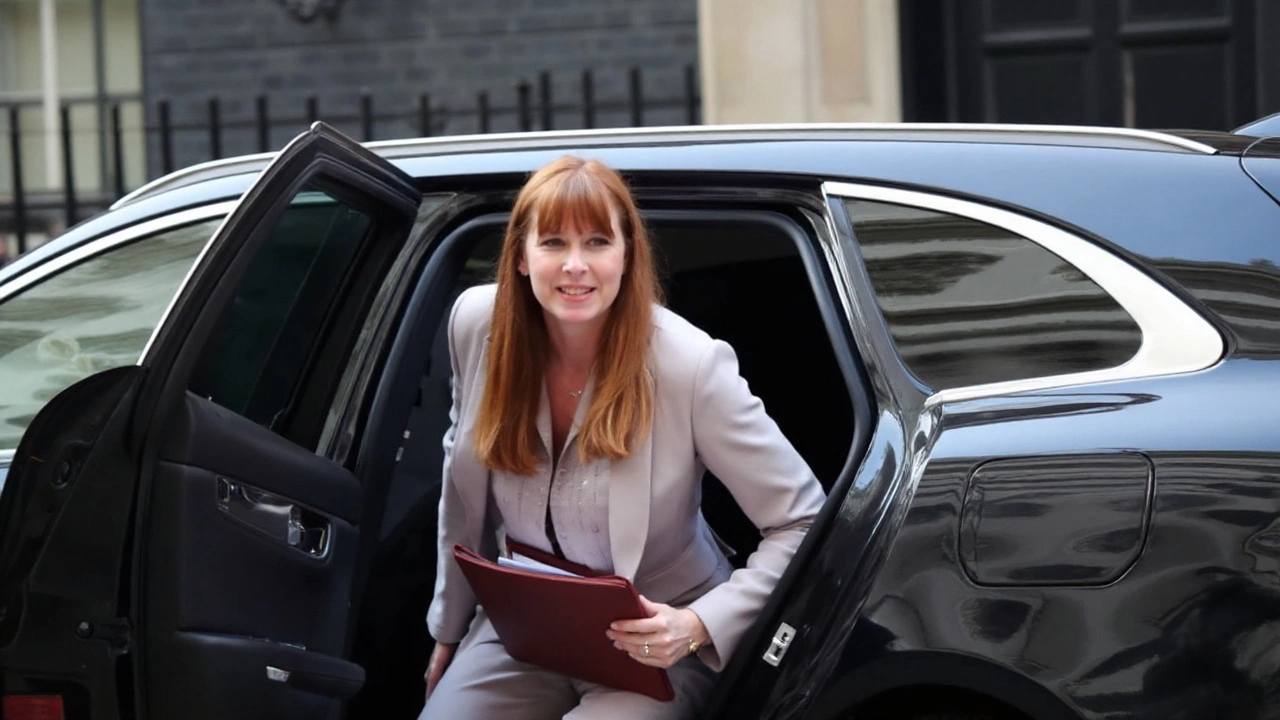Angela Rayner stamp duty: What you need to know
When talking about Angela Rayner stamp duty, the discussion centers on the Labour Party's proposal to change the UK property transaction tax that buyers pay when they purchase a home, the conversation quickly moves to the broader stamp duty, a land tax levied on residential and commercial property transfers in England, Wales and Northern Ireland. This tax is a key piece of fiscal policy, government decisions about taxation and public spending that shape the economy. By linking the two, we see how a single minister's stance can influence the whole system that affects millions of homebuyers every year.
Why the Labour perspective matters
The Labour Party, Britain's main centre-left political party, which currently leads the opposition in Parliament has made property taxes a centerpiece of its economic platform. Angela Rayner, as the deputy leader, argues that the current thresholds create unfair barriers for first‑time buyers while rewarding high‑value purchases. She proposes lowering the tax‑free band and increasing rates on multimillion‑pound homes, a move that would shift revenue toward public services. This proposal redefines who pays what and shows how political intent reshapes a tax that many consider just a cost of moving.
Understanding this shift requires looking at the property market, the ecosystem of buying, selling and renting residential real estate across the UK. When the tax base moves, demand patterns change: younger buyers may find a slightly higher entry‑level cost offset by more affordable middle‑tier homes, while luxury investors see higher exit costs. The Labour stance also intersects with regional differences – Scotland and Northern Ireland already have separate tax systems, so any UK‑wide change could widen or narrow those gaps.
From a practical angle, buyers need to know how the proposed changes affect their calculations. The current stamp duty rates rise in bands: 0% up to £250,000, 5% up to £925,000, and so on. Rayner's plan would push the zero‑rate threshold down to around £125,000 and add an extra 2% surcharge on properties above £2 million. For a typical first‑time buyer eyeing a £300,000 house, the tax bill would climb from £5,000 to about £6,250 – a noticeable difference that could influence mortgage decisions. Meanwhile, a £1.5 million family home would see its tax jump from £66,250 to roughly £78,500, tightening budgets for high‑end purchasers.
These numbers illustrate a core semantic triple: Angela Rayner stamp duty proposal influences stamp duty rates, which in turn reshapes the property market. Another triple links the Labour tax policy to fiscal reforms: Labour Party's fiscal policy demands higher revenue, prompting changes to stamp duty thresholds. Finally, the property market connects to buyers' financial planning: property market conditions affect mortgage affordability, which guides consumer choices. By keeping these relationships in mind, you can see why the debate matters beyond politics – it directly touches the wallet of anyone looking to move.
Below you’ll find a curated set of articles that dive deeper into the political arguments, the math behind the tax bands, and real‑world stories from buyers who have felt the impact. Whether you’re a first‑time homeowner, an investor, or just curious about the latest fiscal reforms, the posts ahead will give you the context you need to understand how Angela Rayner stamp duty could reshape the UK housing landscape.

Angela Rayner stamp duty row: what went wrong and what happens next
Angela Rayner admits underpaying stamp duty on her £800,000 Hove flat after transferring her former family home into a trust for her disabled son. Fresh advice says she owes the higher second-home rate, adding about £40,000. HMRC could levy penalties if it finds carelessness or deliberate avoidance. The case spotlights how complex and confusing UK stamp duty rules can be.
Read More